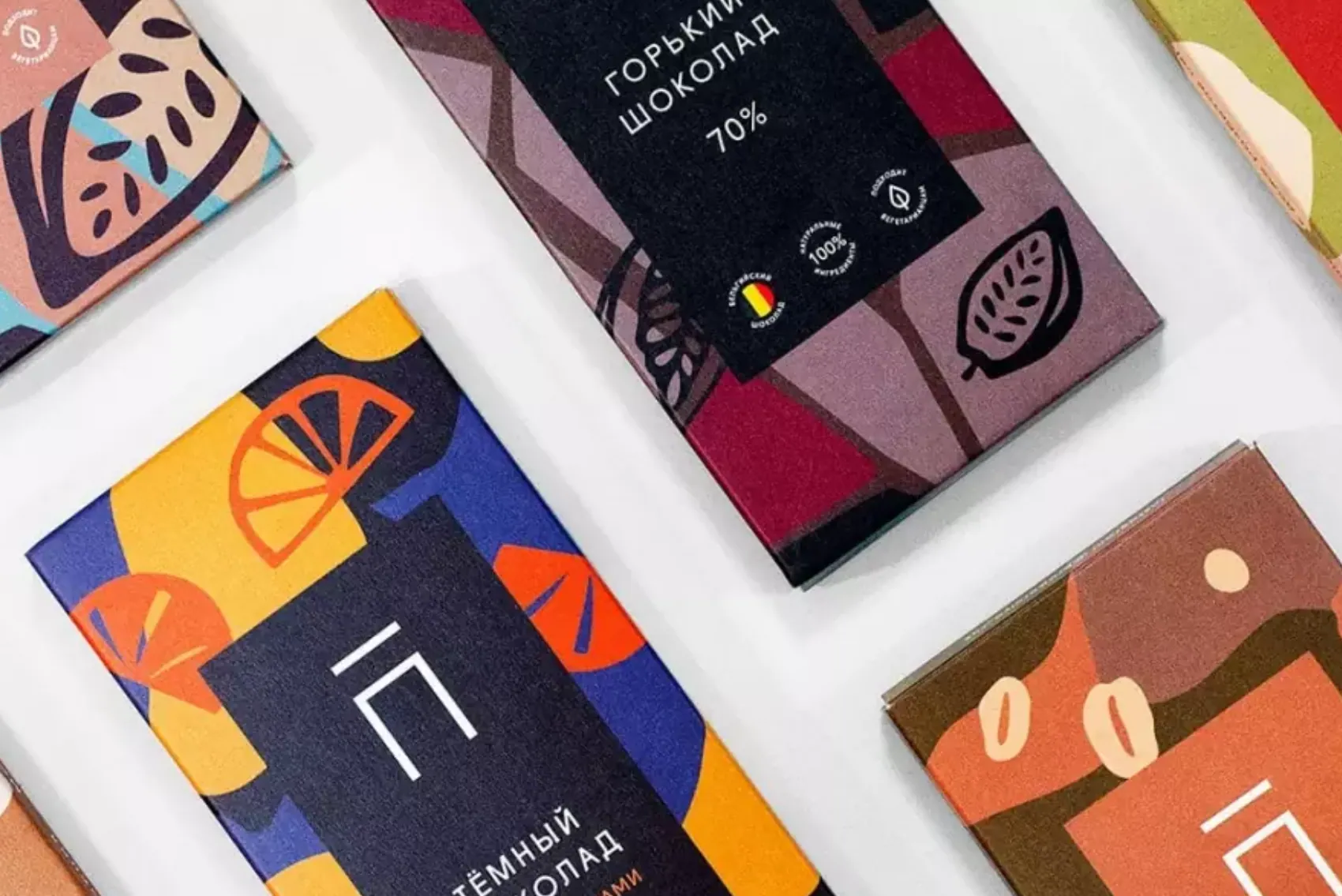Physical Address
304 North Cardinal St.
Dorchester Center, MA 02124
Physical Address
304 North Cardinal St.
Dorchester Center, MA 02124

In a rapidly evolving consumer-driven world, packaging has become more than just a means of protecting products; it’s a canvas for creativity, a statement of sustainability, and a catalyst for brand recognition. As we delve into the world of packaging, this article explores the latest innovations in packaging materials that are reshaping the industry, making it more eco-friendly, visually appealing, and functional than ever before.
The era of single-use plastics is waning, and biodegradable plastics are taking center stage. Made from renewable resources like cornstarch, these materials break down naturally, reducing the environmental impact of traditional plastics.
Packaging materials made from recycled or upcycled materials are gaining popularity. From cardboard packaging created from old newspapers to glass bottles turned into stylish containers, these options reduce waste and promote sustainability.
Yes, you read that right! Edible packaging is emerging as a creative solution. Made from materials like rice, potato, or seaweed, it not only reduces waste but also offers a unique, eco-friendly experience.
Consumers now seek more than just a product; they want an experience. Interactive packaging, with QR codes, augmented reality, and hidden messages, engages customers and strengthens brand connections.
Holographic materials create a mesmerizing visual impact. They reflect various colors and create an ever-changing, attention-grabbing design that stands out on the shelf.
Metallic packaging materials, with their shimmer and shine, evoke a sense of luxury. They are often used for premium products, leaving a lasting impression.
With the rise of IoT (Internet of Things), smart labels are becoming more common. These labels can track a product’s journey, provide expiration information, and even offer recipe suggestions.
For industries like pharmaceuticals and food, temperature-sensitive packaging is a game-changer. It ensures that products stay at the ideal temperature during transportation and storage, safeguarding their quality.
Safety is paramount, especially for products that may be harmful to children. Child-resistant packaging materials are designed to keep curious hands out, offering peace of mind to parents.
As we move forward, the packaging industry continues to innovate, driven by consumer demands and environmental considerations. Brands are increasingly focusing on creating a positive impact, both visually and ecologically.
Innovation in packaging materials has transformed the way we perceive and interact with products. Sustainable materials reduce our ecological footprint, while visually appealing and functional designs enhance the overall customer experience. As we look to the future, it’s clear that packaging will continue to be a vital part of our daily lives, evolving with technology and consumer preferences.
The question that remains is, what will the next innovation in packaging materials be, and how will it shape our world? Only time will tell, but one thing is certain: the world of packaging is anything but static, and we can look forward to even more exciting changes on the horizon.